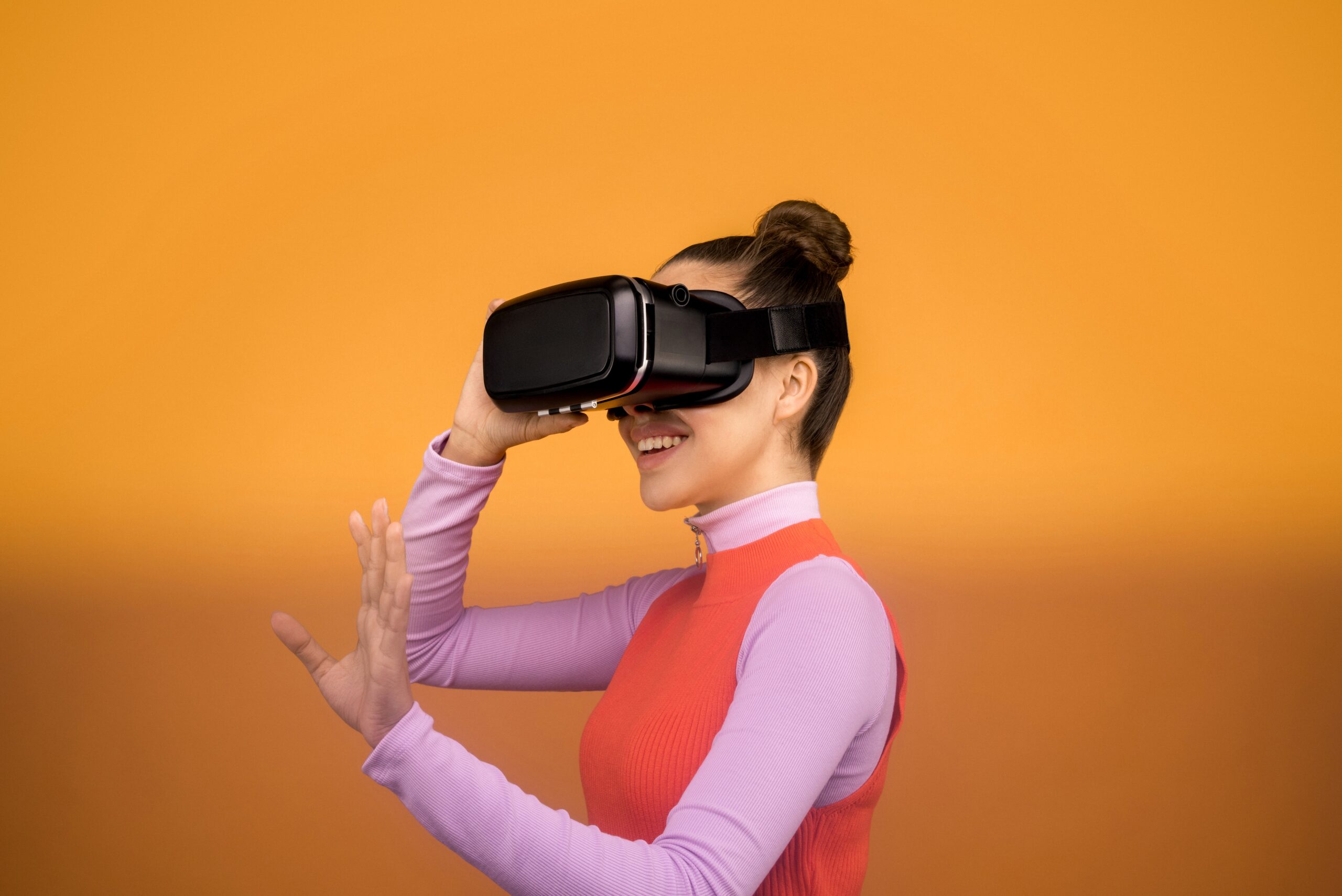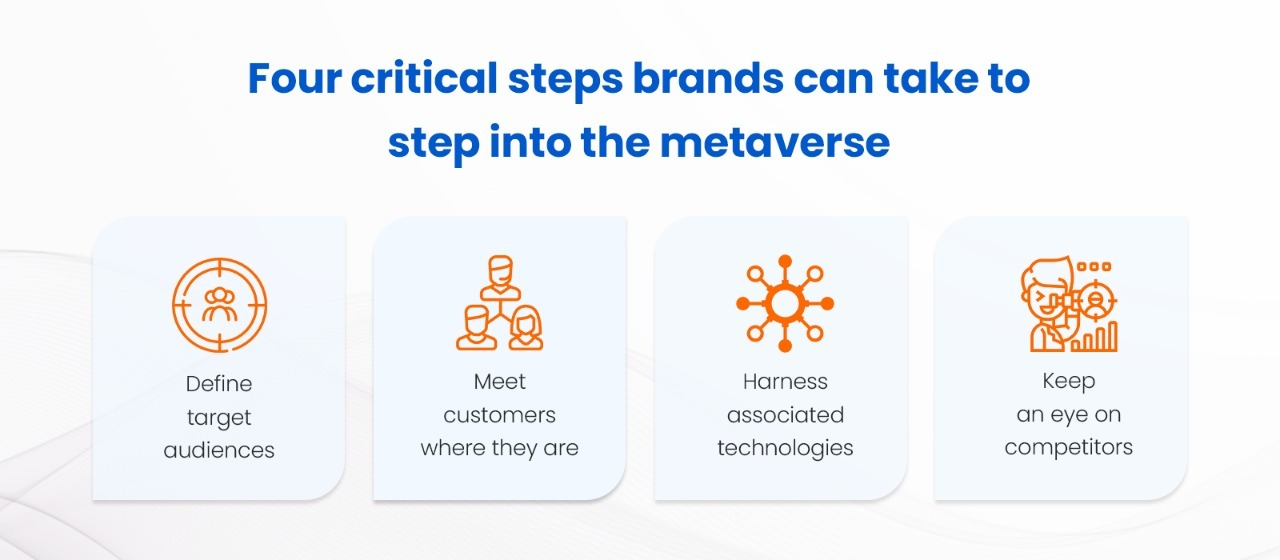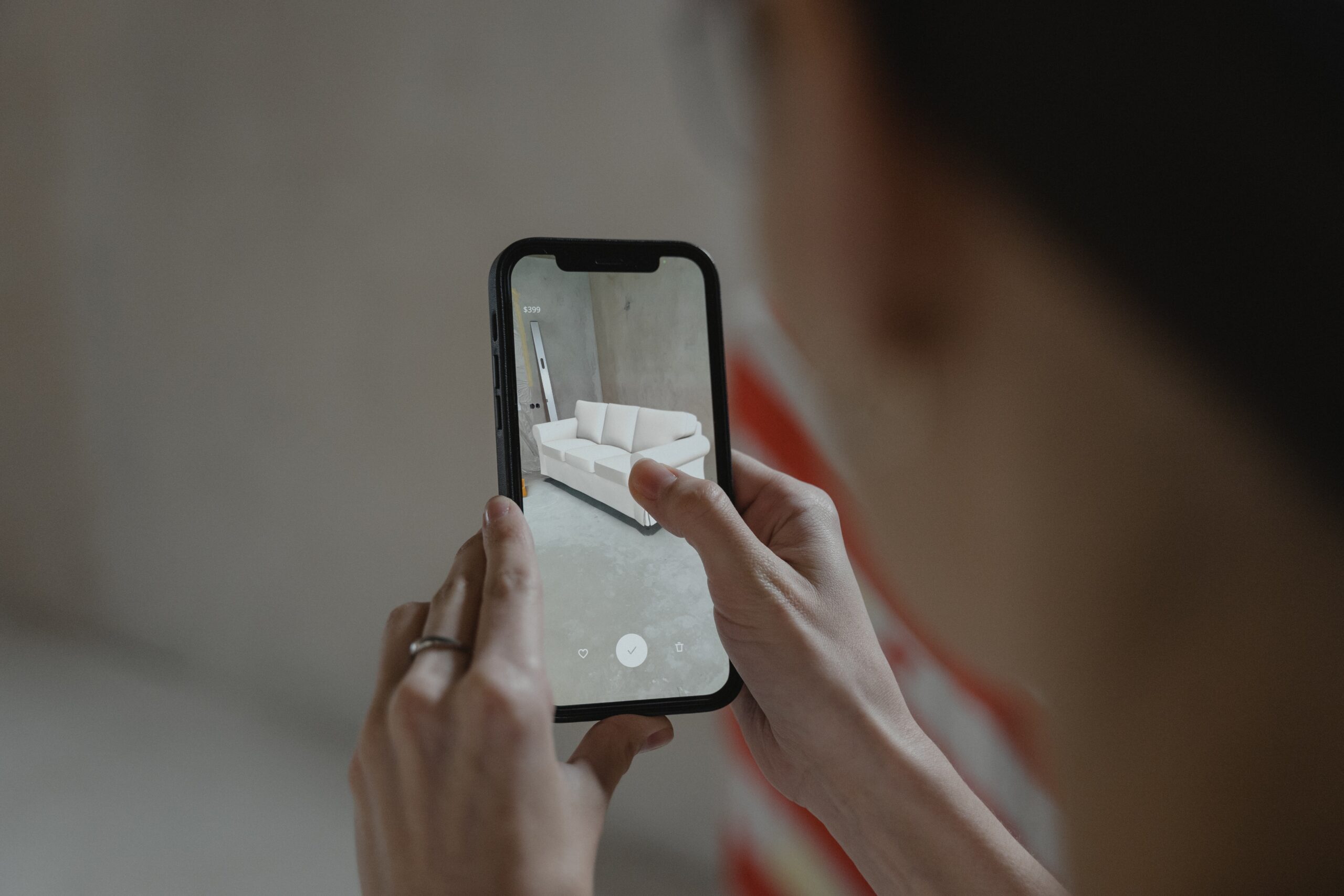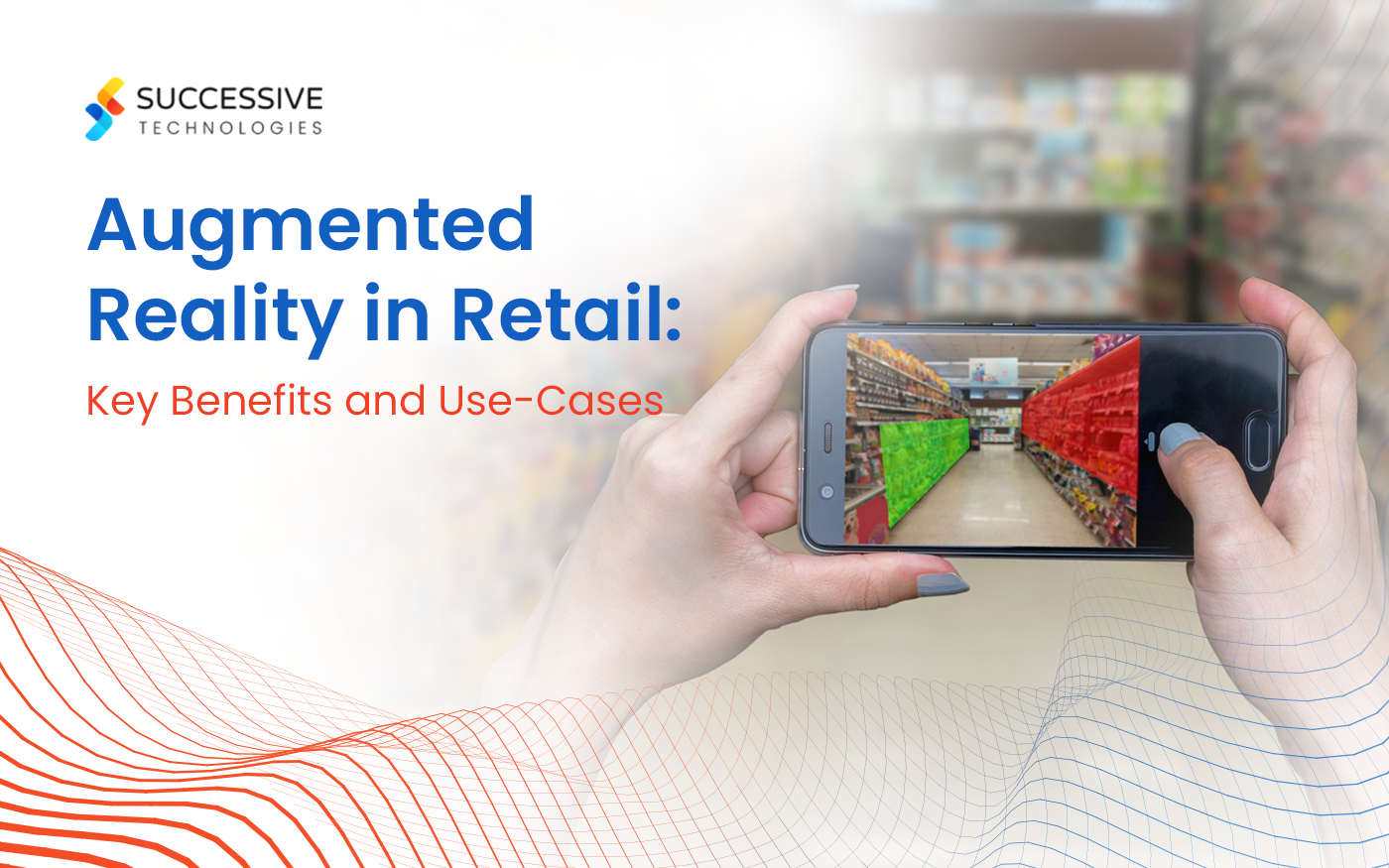You’ve probably heard of the metaverse – a digital reality that is still some years away but the foundation for which is already being laid by those who envision the metaverse as the future of how we see the world.
The term that dates back nearly three decades came into the limelight when Facebook rebranded itself to Meta and invested an eye-watering USD 10 billion into the metaverse, and Microsoft purchased the gaming giant Activision Blizzard intending to “provide building blocks for the metaverse.”
So, what is the metaverse, and how will it alter how brands approach the digital customer experience? Let’s dive in and find out.
What Is the Metaverse?
At its core, the metaverse will be a virtual reality computing platform that will allow us to live a digital second life. Through this digital space that can be entered through extended reality (XR) technology, one can ‘live’ in a digital world, socialize, learn, collaborate, and shop.
According to venture capitalist Matthew Ball, the metaverse will be a form of ambient computing – being within the computer rather than simply accessing a computer, with every user experiencing an individual sense of presence.

The metaverse is poised to redefine how we interact with technology. This futuristic concept may be of great interest to brands that can leverage the metaverse for delivering XR shopping experiences to customers, branding, sales of non-fungible tokens (NFTs), and even selling products for digital avatars. So, how will it affect brands’ customer experience strategies?
Read Next: Extended Reality (XR) : How It is Different from AR and VR
The Metaverse and the Future of Customer Experience
The metaverse is going to revolutionize how brands view customer experience, and companies will have to reimagine traditional customer experience strategies to keep up with evolving consumer behavior and expectations within the metaverse.
The following are some preliminary predictions on how the metaverse will change the customer experience.
Interoperability will become critical
Many experts believe that instead of a single metaverse, multiple metaverses with cross-metaverse bridges will exist for easy user migration. This migration will be contingent on interoperability – the ability to combine economies, avatars and systems across worlds. Interoperability will be critical for the metaverse to take shape as an open and seamless space.
Today, companies are building technology that facilitates the interoperability that the metaverse will demand. For instance, ReadyPlayerMe enables users to create avatars that can be used in hundreds of virtual environments. Further, cryptocurrency and NFTs enable the transfer of digital goods beyond virtual boundaries.
Standardization will facilitate the interoperability of platforms and services across the metaverse(s).
Sensory marketing will be the new norm
Eighty percent of customers and enterprises agree that “the experience a company provides is as important as its products or services.”
Prima facie, it appears that the metaverse is going to be a sensory experience and therefore, for brands, it will take a lot more than a sponsored advertisement to stand out. Brands will have to begin focusing on sensory marketing to find success in virtual worlds, appealing to multiple senses to win customers’ attention and distinguish themselves.
Sensory marketing not only wins over customers but can go on to boost sales by up to 10 percent and is far more engaging than traditional marketing.
Personalization will be in even greater demand
Today’s consumers are greatly influenced by the personalization of experiences and will settle for nothing less – 63 percent of consumers will stop buying from brands that use poor personalization tactics. This demand for personalization is expected to only increase within the metaverse.
Within the metaverse, consumers will be bombarded with product and service options and will be spoilt for choice, which is where brands can use personalization to cut through the noise.
When it comes to personalized 3D experiences, technology has already begun to make strides, with Metahero launching one of the most advanced 3D scanning solutions for personalized avatars and virtual items that enables the creation of unique, ultra-HD meta avatars and meta-objects.
Check out: Umbraco vs WordPress: The CMS Comparison
Demand for digital goods for avatars will increase
Creating digital goods for virtual avatars is not a futuristic concept – the gaming industry has been involved in online character customization through digital goods for quite a while. Now, brands are also moving towards addressing the growing demand for digital goods.
In 2021, Nike filed four requests to trademark “downloadable virtual goods,” including shoes and apparel. Balenciaga partnered with Fortnite to bring in-game clothing, and Gucci brought digital versions of its products which users can purchase for their avatar to wear. Interestingly, the limited release of Gucci’s products made them very desirable, with one online player paying over USD 4,000 for a digital bag – USD 800 more than what the real-life version would cost.
Collectables and NFTs will flourish
NFTs are units of data stored on blockchains that can be stored or traded. These include digital assets like images, audio, videos, or other types of collectables and are expected to flourish in the metaverse.

In 2021, Pepsi introduced the “Pepsi Mic Drop” collection of NFTs, featuring nearly 1900 generative NFTs that are variations of a microphone visual and iconic Pepsi flavors. (Source: Encryptobyte)
Despite speculation, the NFTs market continues to grow and investments in NFTs are gaining momentum. Large brands like Nike, Adidas, Gucci, Coca-Cola, Disney, Pepsi, Alibaba, Marriott and even the NBA are gravitating towards NFTs.
As a whole, it is predicted that the NFTs market could grow to a whopping USD 240 billion by 2030, making it evident that the NFT trend is much more than baseless hype.
Read 3 Ways Virtual Reality Can Be a Gamechanger for the Travel Industry
How Can Brands Prepare for the Metaverse?
Before stepping into the metaverse, brands will have to rethink the customer experience, increasing focus on revitalizing brand perception, creating long-lasting relationships and communities, and ultimately standing out by creating a distinct brand narrative.
As the metaverse takes shape, here’s what brands can do right now to prepare.

Define target audiences
Before laying the groundwork for a metaverse experience for their customers, brands must determine which audiences they will be serving and adjust accordingly.
For instance, companies with younger customers must be active within the metaverse and constantly innovate to better serve their audience, while companies with an older demographic may consider focusing on resolving challenges that their relatively less tech-savvy customers may face while interacting with this technology.
Meet customers where they are
As the metaverse evolves, pioneers like Facebook, Microsoft, Amazon, Snap, Roblox and others will build their engagement channels that will see massive virtual footfall. Brands will have to rethink traditional goals of driving website traffic and lay greater focus on meeting customers on the most frequented metaverse platforms.
Harness associated technologies

Augmented reality (AR) will be a key technology used to access the metaverse. AR presents a great opportunity for brands to enhance customer experience, and companies like IKEA and HomeDepot are already leveraging AR commerce to deliver superior experiences.
XR technologies like augmented reality (AR) and virtual reality (VR) are being used to access the metaverse. Brands must not lose sight of the evolution of these technologies and others like photorealistic 3D engines, artificial intelligence, volumetric video, etc., and must be in a position to leverage these technologies strategically.
Keep an eye on the competition
Companies need to keep track of what their competitors are doing in the metaverse. Brands must always be in a test-and-learn mode to avoid being caught sitting on the sidelines.
When it comes to the metaverse, there is significant ambiguity about how it will eventually turn out. However, what is clear is that the metaverse can be an opportunity for brands to interact with their customers and succeed authentically. For this, brands will need to rethink their customer experience strategies and focus on building immersive, real-time, and personalized experiences within this virtual space.
Read Next – The Enterprise Metaverse: Why CXOs Need to Pay Attention
The Metaverse – No Longer Out of a Sci-Fi Novel
While the metaverse has not yet arrived, experts believe that it is a matter of just a decade before it arrives in all its glory. Brands like Coca-Cola, Disney, Hyundai, Nike, Gucci, Microsoft, and others have already begun exploring elements of the metaverse and what it has to offer.
It’s not just brands that have begun to take the metaverse seriously – initial data suggests that consumers have already begun interacting with the metaverse, with 46 percent of consumers saying they want to spend more time in the metaverse in the future, and two in three consumers wanting a new social media so that they can engage in the virtual world as if they were there in person.
While this futuristic concept sounds like an exciting opportunity for brands to leverage, it also comes with its set of challenges. For one, we still do not have the technological capabilities to fulfill the current vision of the metaverse – AR and VR glasses do not yet offer the computing power required to view hyper realistic images daily. Other potential challenges include a lack of compelling reasons for customers to spend time in the metaverse, and that most metaverse platforms are currently accessible by niche audiences or developers and not day-to-day users.
As the metaverse crystallizes into a less ambiguous entity, brands must focus on overcoming these challenges and meeting the primary objective of entering the metaverse in the first place – enabling the sharing of meaningful experiences.
The metaverse is not just a futuristic concept – the seeds for this digital ‘second life’ have been sown. Learn more about how the metaverse can disrupt a variety of industries to offer innovative and engaging experiences.












